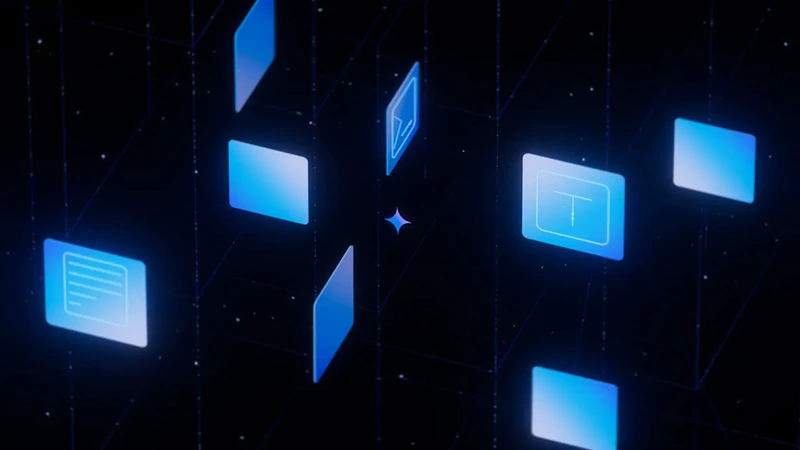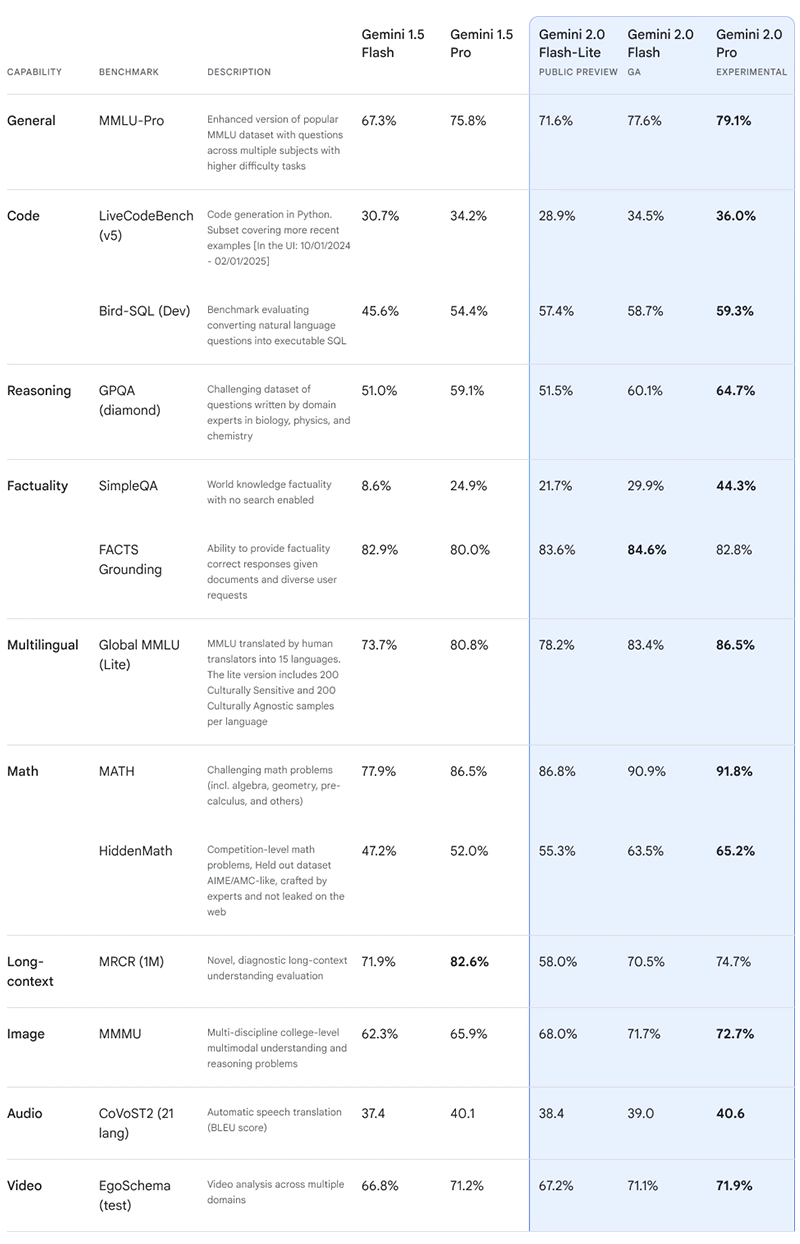
The internet continues to function as usual, but behind the scenes, Google has been racing to keep up.
The launch of ChatGPT by OpenAI ignited a fierce competition in the tech world. Companies of all sizes scrambled to carve out their space in the rapidly evolving AI landscape, recognizing the transformative potential of generative AI.
Despite its dominance on the web, Google was caught off guard by this AI revolution.
The rise of Large Language Model (LLM)-powered chatbots reshaped human-computer interaction, triggering an internal "code red."
Determined to stay ahead, Google rushed to develop its own AI chatbot, initially launched as Bard and later rebranded as Gemini. To reinforce its market position, the company deeply integrated Gemini across its core products, from search to productivity tools and beyond.
As the AI race intensifies, Google continues to push forward. After unveiling Gemini 2.0 Flash Experimental, the company has then released a stable version, making Gemini 2.0 Flash the default model for users.
Now, the company announced that it's making Gemini 2.0 Flash generally available via the Gemini API.

What this means, developers can start using Gemini 2.0 Flash through Google AI Studio and Vertex AI.
With the update, developers can finally build production applications with this newer version of Gemini.
Google also said that it's also releasing an experimental version of 'Gemini 2.0 Pro,' which it touts as the "best model yet for coding performance and complex prompts."
Developers can experiment with this via Google AI Studio and Vertex AI, and in the Gemini app for Gemini Advanced users.
And because one version can have so many flavors, to carter different users' needs, Google is also releasing a new model, 'Gemini 2.0 Flash-Lite,' which is Google's current "most cost-efficient model yet."
And finally, 2.0 Flash Thinking Experimental will be available to Gemini app users in the model dropdown on desktop and mobile.
Gemini Flash 2.0, which Google debuted just a week before this, has a unique ability under its sleeves: watch YouTube videos and summarize them.
Since Google also owns YouTube, it has more freedom to use whatever content creators have uploaded to the platform.
And here, Flash 2.0 with its ability to watch YouTube videos, extract important context, and answer follow-up questions, should come in handy to those users who often rely on YouTube as a resource for cooking, home repairs, crafting and research.
